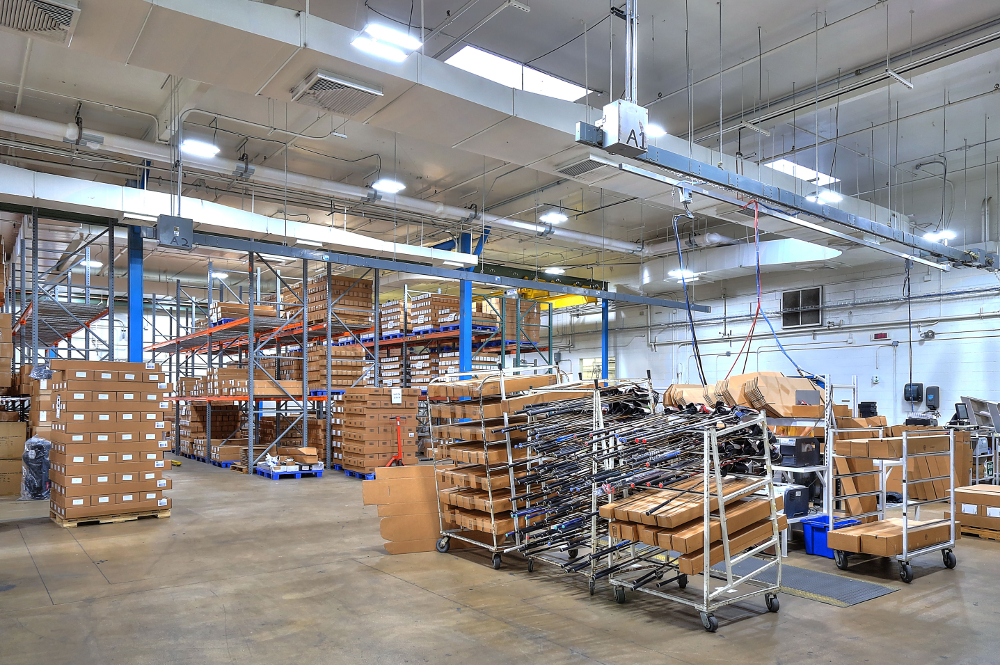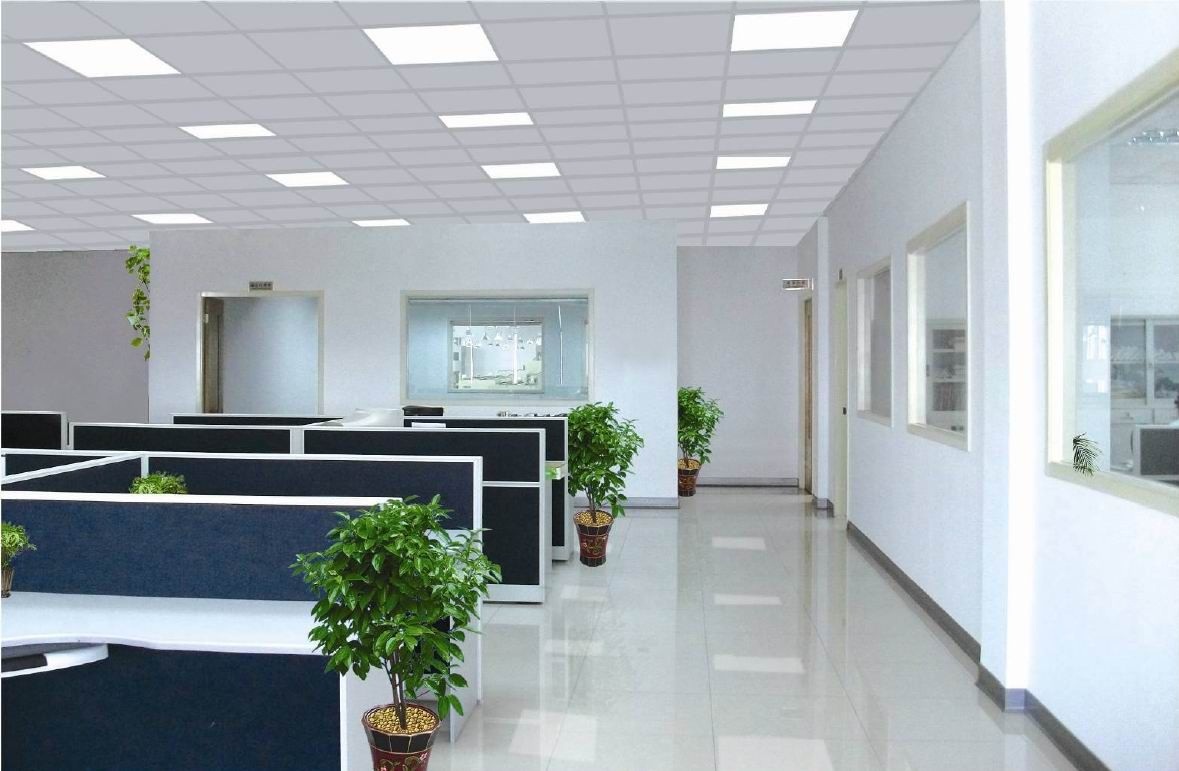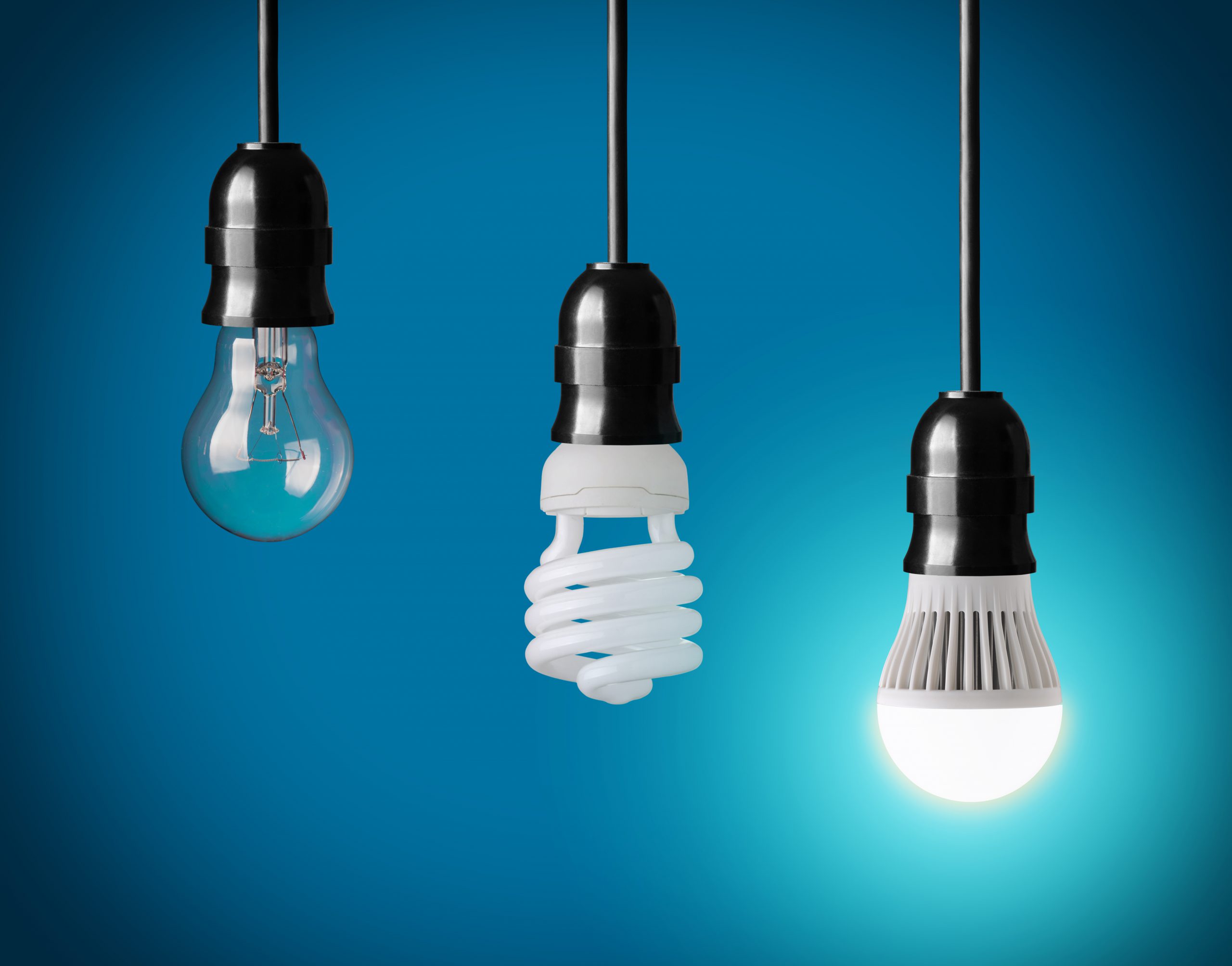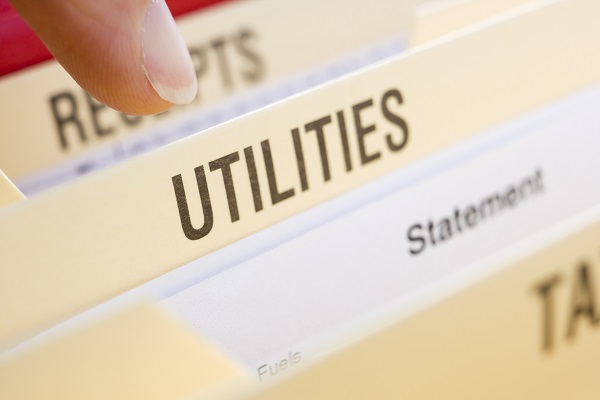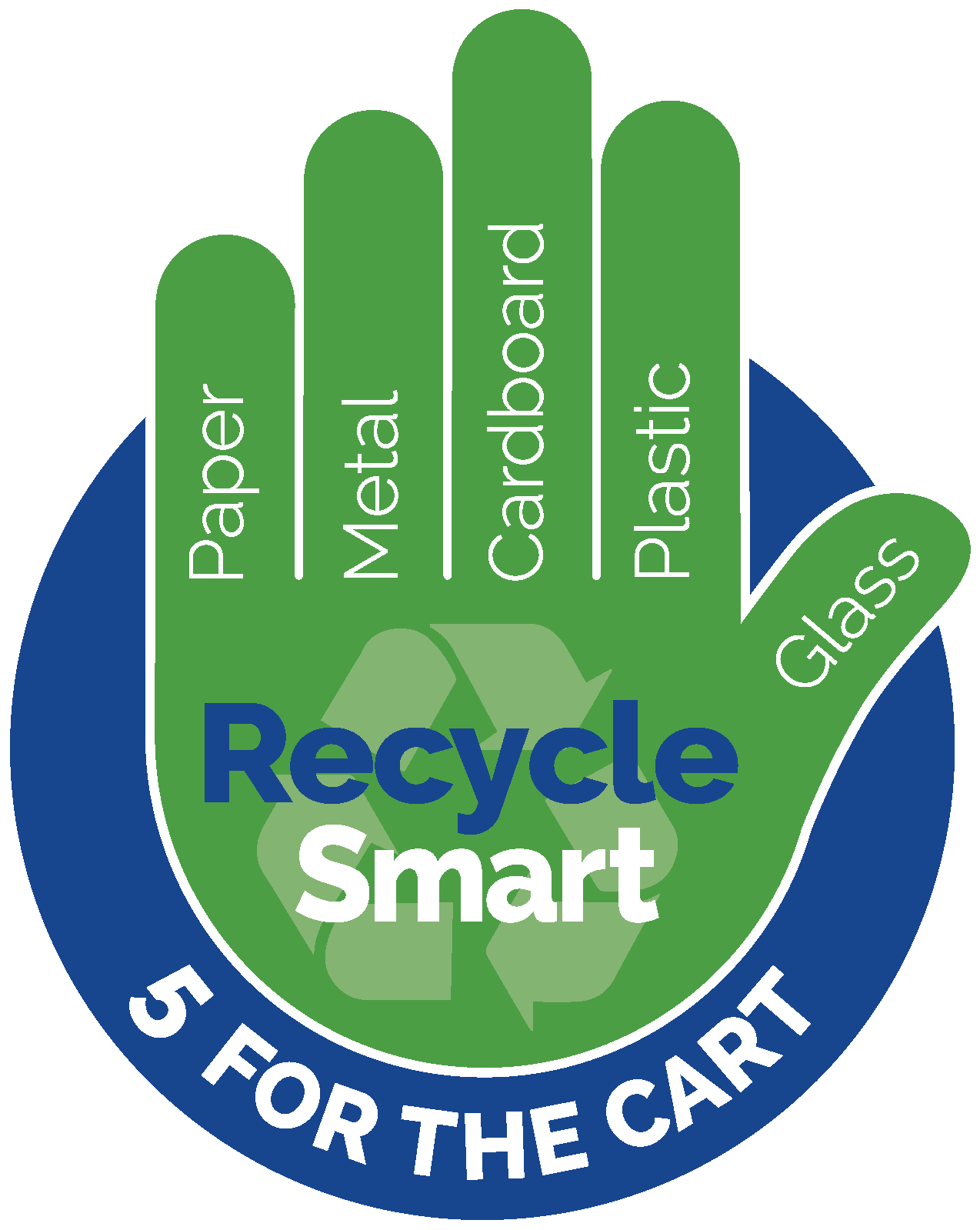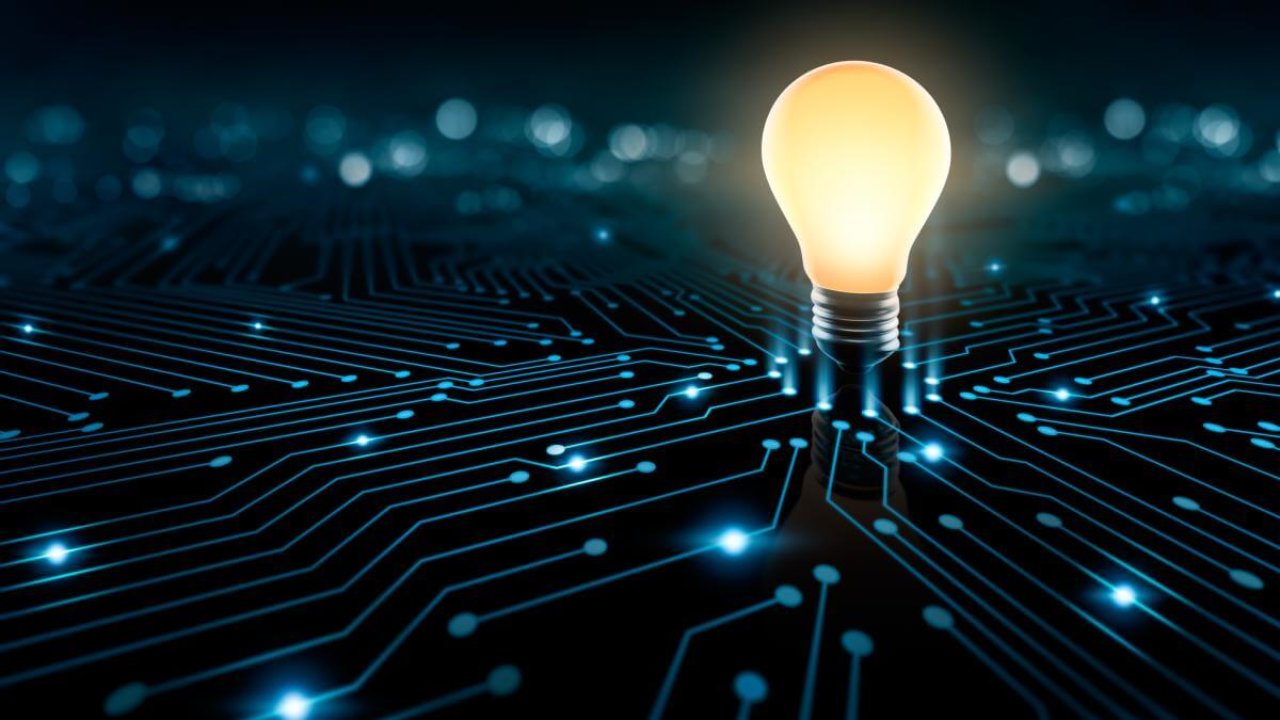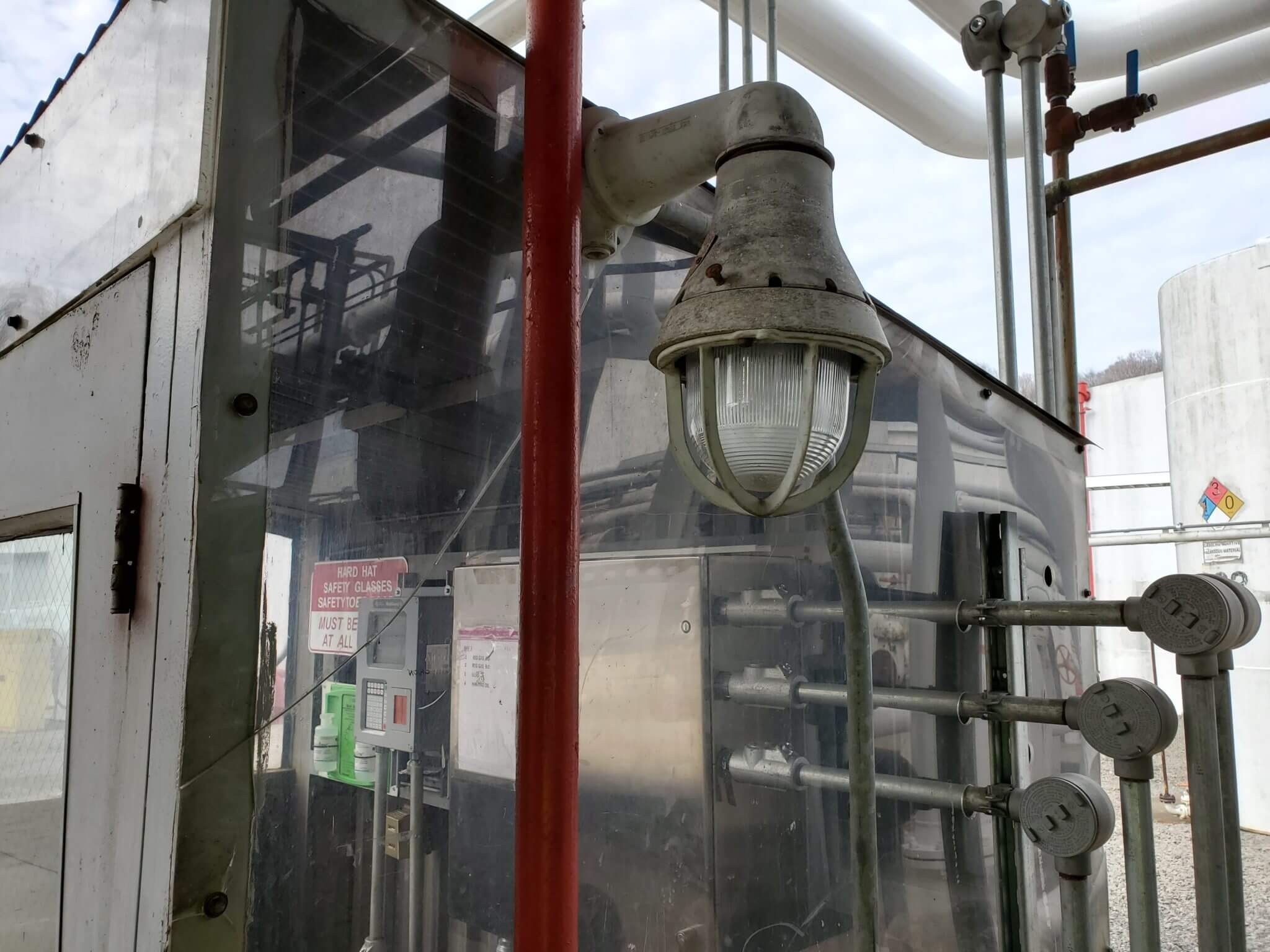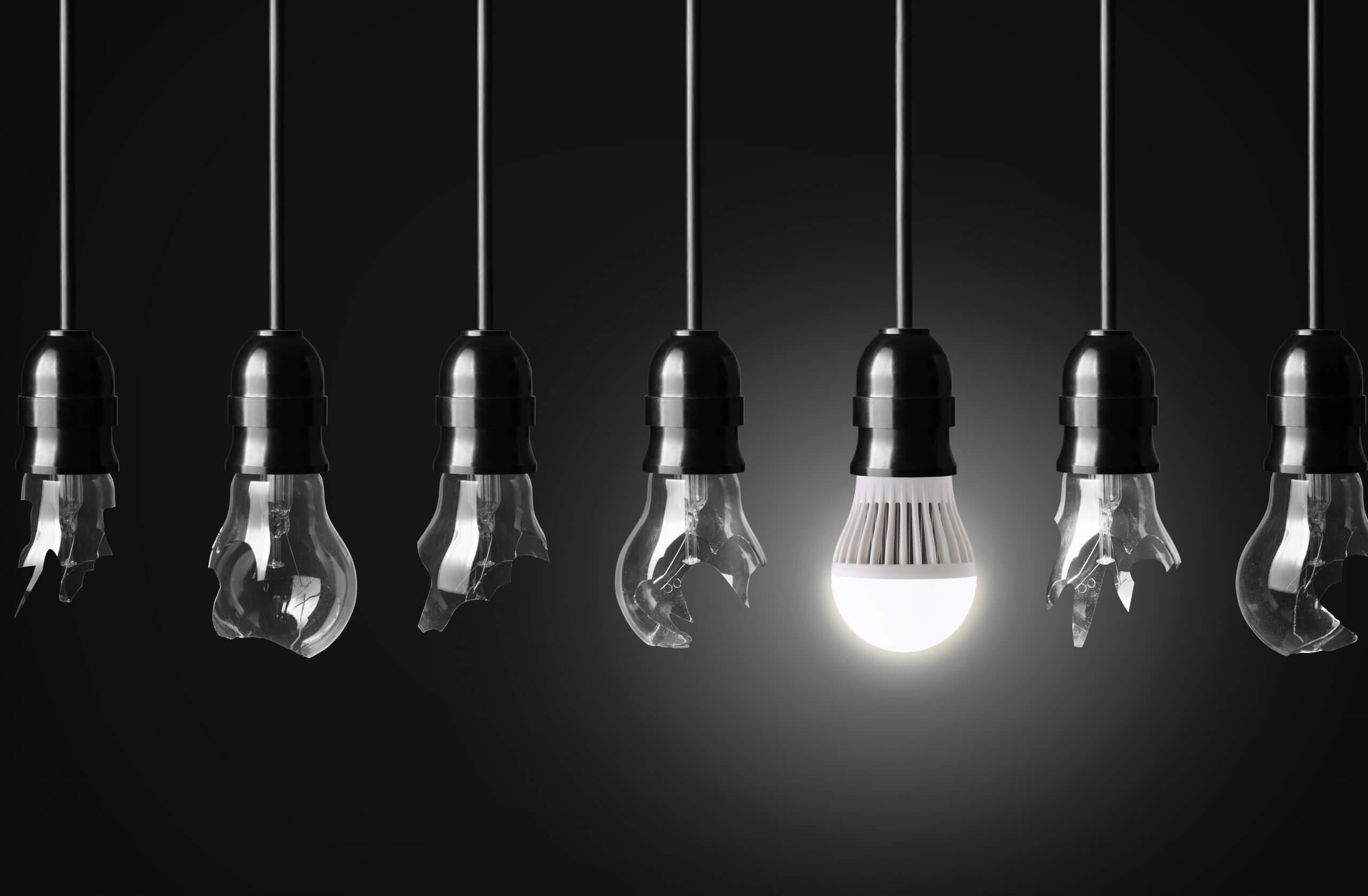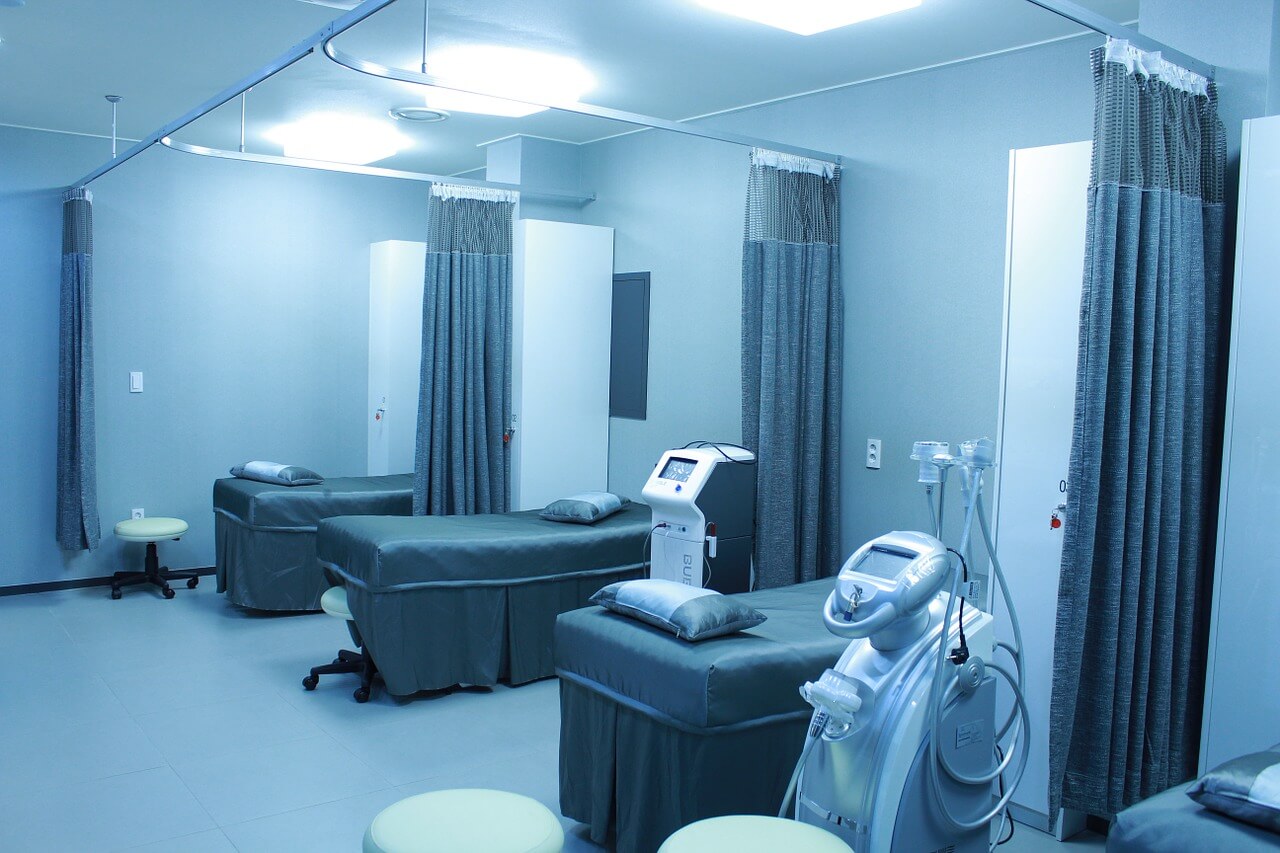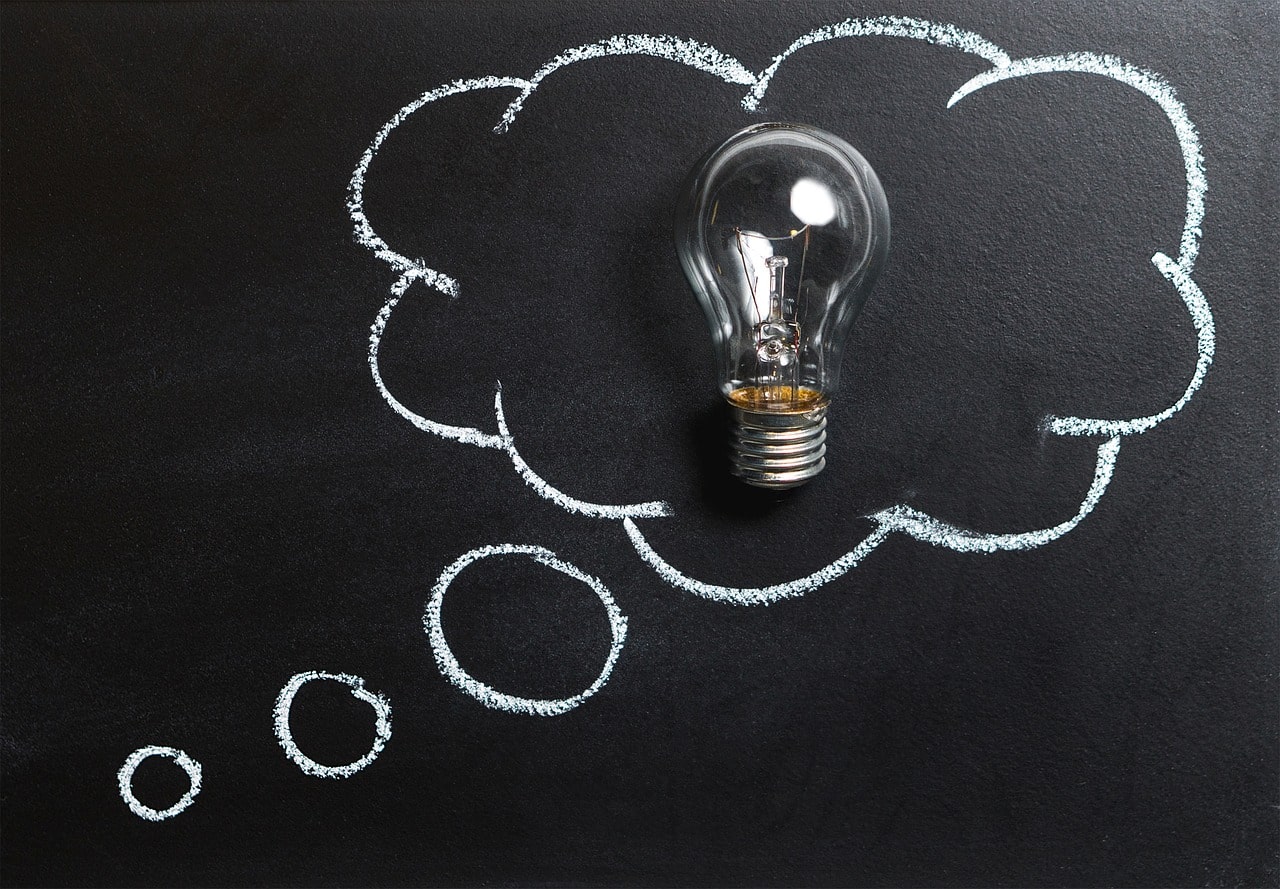What is a Lighting Retrofit?
A lighting retrofit is the installation of new light fixtures that weren’t there before. In this article, I will be going over all the benefits you can expect to see with your lighting retrofit.
What Exactly are the Benefits?
One of the most apparent benefits comes from the fact that you save energy and bulbs with LED. Customers have seen upwards of a 90% reduction in energy consumption. When replacing old technology with LED, a facility can extend the lamp life, reduce maintenance costs and provide superior lighting compared to all other lighting systems. You won’t have to worry about dimly lit rooms ever again. One little known benefit is the heat given off by LED is far lower than other lights. The build-up of heat from older lights can set off your HVAC system and give you unnecessary expenses.
Secondly, potential tax breaks and utility incentives. Depending on your residency and the kinds of lights you wish to get installed, retrofitting could make you qualified for an assortment of tax breaks, incentives and grants. These are offered through government and utility programs to encourage companies to be more green.
Thirdly, safety reasons. An adequately lit office is free from dark areas, flickering, and even poor color of light. Luckily, LED provides a clean and crisp view. The quality of the light makes it appear more natural, especially when compared to older lighting systems. Consequently, this results in far fewer workplace incidents, allowing Business owners to breathe easier. Employees will also have a much easier time getting their work done in a well-illuminated workspace, increasing productivity. The brightness from the lights also deters criminals who may want to break in and take advantage of poor lighting.
Lighting Retrofits can drastically improve the work environment, while simultaneously saving you BIG. You can make your money back off of your savings, tax cuts, utility incentives or grants you get access to after making the switch.
Why Upgrade?
The bottom line of most businesses is to save as much money as possible. With a lighting retrofit, you can know you’re making the right call. With LED’s money-saving potential, it would not be very reasonable to stick to older lights, especially when there are potential government programs that can profoundly assist with the cost of installation. Over time, using older, inefficient lights will cost you more than if you spent the money to have an LED lighting retrofit. Overall if you’re interested in saving money while improving the safety of the work environment, contact us.

